-
ImageImage
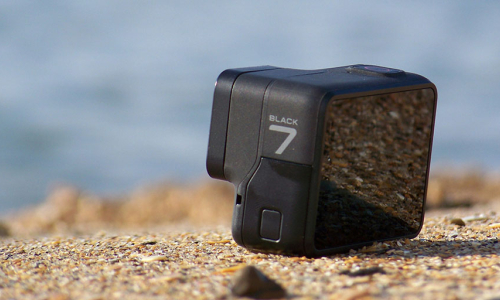 26 Oct 2025
26 Oct 2025Best Budget Action Cameras for Travel Vlogging in 2025
Looking to capture your adventures without emptying your wallet? You’re not alone. Travel vloggers often face a dilemma: invest in a pricey GoPro or find a cheaper camera that still delivers stunning footage. The good news is that budget-friendly action cameras have come a long way. Now, in 2025, there’s an even better crop of affordable action cams perfect for travel vlogging. Read more
-
ImageImage
 25 Oct 2025
25 Oct 2025New Insta360 GO 4 Action Camera Leaked!
Leaked photo of an alleged Insta360 GO 4 (left) alongside a schematic view (right). The new camera appears to have a boxy design with a large lens and a possible front shutter button. An inductive charging base labeled “GO 4S” is also seen, fueling talk of a GO 4 series release. Read more
-
ImageImage
 25 Oct 2025
25 Oct 2025DJI Osmo 360 and Osmo Nano Tested for Summer Launch—Action 6 Skips the Lineup
A new leak has confirmed that the highly anticipated DJI Osmo 360 and DJI Osmo Nano are both being prepped for release this summer, marking a pivotal expansion in DJI’s consumer imaging portfolio. However, those waiting for a new flagship action cam may be disappointed—the Osmo Action 6 is reportedly not part of this season’s release schedule. Read more
-
ImageImage
 25 Oct 2025
25 Oct 2025Latest DJI Osmo Nano Leaks Highlight Modular Action Camera Design
The latest DJI Osmo Nano leaks showcase dozens of images that finally reveal the pocket camera’s modular action camera design in full detail. Over a dozen leaked photos have emerged online, confirming that DJI is positioning this tiny device squarely against Insta360’s GO 3S wearable cam. Read more
-
ImageImage
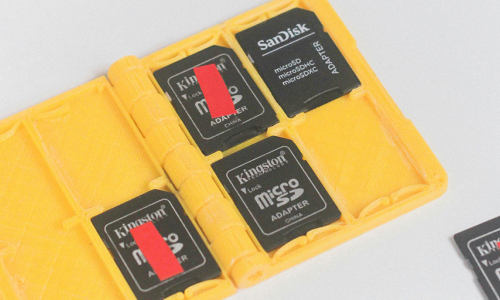 25 Oct 2025
25 Oct 2025Best SD Cards for Action Cameras in 2025
If you're looking to capture high-octane adventures in 4K or 5K resolution, selecting the best SD cards for action cameras is crucial. In 2025, the demand for high-performance microSD cards has surged, driven by content creators and outdoor enthusiasts who need fast, durable, and high-capacity storage. Read more
-
ImageImage
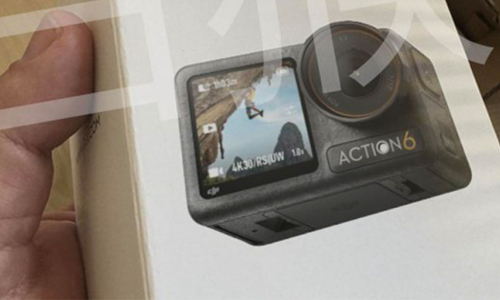 25 Oct 2025
25 Oct 2025DJI Osmo Action 6 Leaks: Rumors, Features, and Release Date
6/14 Update: The DJI Osmo Action 6 will probably not be released this summer, according to the recent DJI summer release rumors.DJI is making waves in the action camera market once again. Read more
-
ImageImage
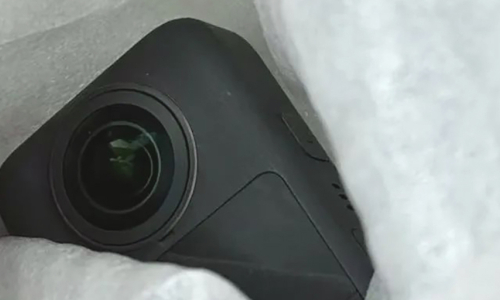 25 Oct 2025
25 Oct 2025DJI Osmo 360 Release: Leaks Hint at Early Arrival for Insta360 Rival!
06/30 Update: Recent rumors suggest DJI is likely preparing an official announcement around July 15, 2025, placing the Osmo 360's release just weeks away, potentially alongside DJI’s Osmo Nano and Mic 3 rollouts.6/23 Update: New footage recorded with the DJI Osmo 360 just leaked. A specific release date has been revealed: DJI will release the DJI Osmo 360 on July 15, 2025. Read more
-
ImageImage
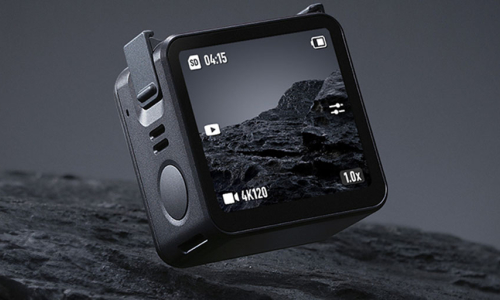 25 Oct 2025
25 Oct 2025DJI Osmo Nano Release Could Arrive Ahead of Schedule!
08/29 Update: Some of the specs leaked!8/8 Update: New DJI Osmo Nana photos surfaced! Read more
-
ImageImage
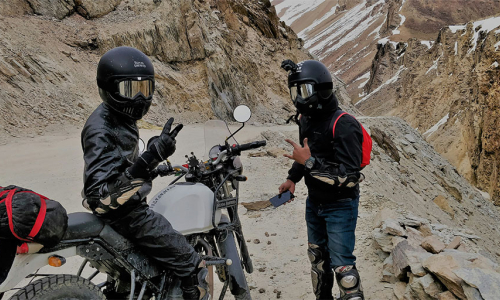 25 Oct 2025
25 Oct 2025GoPro Smart Motorcycle Helmet is Coming!
The motorcycle tech world is abuzz with the long-awaited announcement: the GoPro Smart Motorcycle Helmet is officially on the horizon. Merging the action camera giant’s cutting-edge technology with world-renowned helmet maker AGV’s premium design expertise, this new product promises to reshape the rider experience. The collaboration is bold, ambitious, and already generating significant anticipation within the riding community—and for good reason. Read more
-
ImageImage
 25 Oct 2025
25 Oct 2025DJI Osmo Pocket 4 Rumored to Feature Hasselblad Camera
DJI is reportedly preparing to launch the new DJI Osmo Pocket 4, and according to leaked information, it may be the first in the Osmo Pocket line to incorporate a Hasselblad camera, marking a significant enhancement in image quality and positioning it as a strong competitor in the premium compact camera market. Read more
-
ImageImage
 25 Oct 2025
25 Oct 2025Understanding Action Camera Specs: Build Quality, Battery, and Mounting
So far we’ve focused on image and sound specs, but action cams live in the real world of dust, water, bumps, and long recording sessions. This last section covers the often less-advertised, but critical, aspects of durability, battery life, and mounting options. These can make the difference between capturing the shot or not, and how the camera fits into your activities. Read more
-
ImageImage
 25 Oct 2025
25 Oct 2025Understanding Action Camera Specs: Audio Quality
While we often emphasize video specs, audio quality is crucial if you want your footage to be immersive or if you plan to narrate, vlog, or capture the sounds of your adventure. Action cameras, due to their size and waterproofing, face challenges with audio. Tiny microphones and protective housings are not a recipe for studio-quality sound. Read more